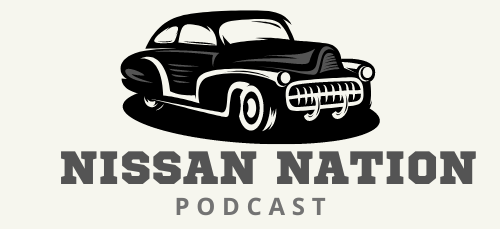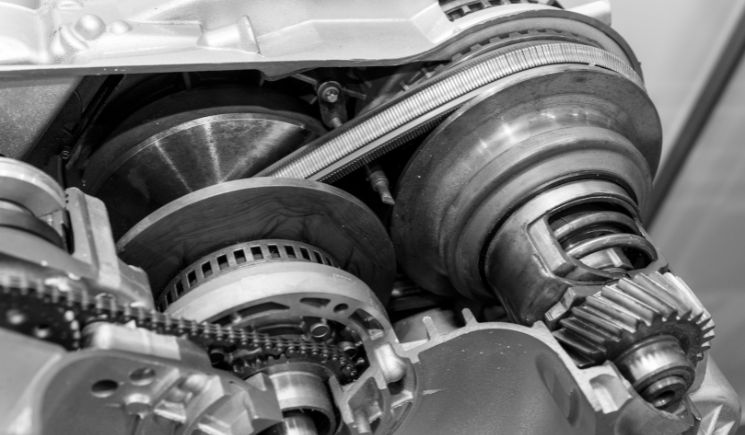A continuously variable transmission, or CVT, is increasingly being used in modern vehicles due to its ability to optimize power and fuel efficiency.
However, some drivers have reported hearing an unpleasant high-pitched whining or droning noise coming from the CVT, especially under acceleration.
This noise can understandably cause concern and frustration.
So, let’s take an in-depth look at why CVT whining occurs and the main fixes for this issue.
Causes for the Issue
There are few primary causes that can cause a rattling, whining or buzzing type of noise from your CVT during acceleration or driving:
Low Transmission Fluid
- Insufficient fluid prevents the transmission belt or chain from gliding smoothly over the pulleys.
- This creates a slipping effect that produces vibrations and noise.
- Fluid burns off over time, so regular checks and top-ups are ideal.
Worn or Stretched CVT Belt/Chain
- The high-strength steel belt or chain that transmits power in a CVT relies on precise tension and geometry to function.
- Over many miles, the belt or chain can become loose, misaligned or damaged by leading to noise during operation.
Bad Bearings or Bushings
- There are various bearings, usually made of high-density plastic composites, that enable the CVT pulleys to spin smoothly.
- Wear, contamination, or failure of these bearings can allow vibration to induce friction and noise.
Faulty Transmission Valve Body
- The valve body hydraulically controls clutch packs and pressure in a CVT.
- Malfunctions here can impact fluid pressure control by contributing to slippage.
Software Issues
- The transmission control module (TCM) uses adaptive algorithms for precise control.
- Glitches here may cause it to behave erratically and produce unfamiliar sounds.
Fixing the CVT Whining Noise
If your CVT-equipped car is making unpleasant droning or whining noises, especially at higher RPMs, here are the main ways to address and resolve it:
- Check/Change Transmission Fluid: Low fluid is a major cause of slippage, so inspect the level and condition first. Fluid should be changed per the maintenance schedule. Ensure that the proper type and level helps for the maximum performances.
- Update Transmission Software: A dealership scanner can check and install the latest adaptive software for optimized operation and noise reduction.
- Adjust Belt/Chain Tensioner: A transmission shop can check the tension specs and re-tension the belt or chain if those are out of spec.
- Replace Bearings/Bushings: Worn or seized bearings around pulleys contribute to friction and noises that should be fixed.
- Repair Valve Body: Specialists can troubleshoot valves and hydraulics for leaks that are causing pressure loss and slip.
- Install Updated Parts: New generation components such as steel belts, variable pulleys, bushings and control modules are engineered to minimize the noise.
- Transmission Rebuild/Replacement: In severe cases of internal wear, rebuilding or replacing the faulty parts may be the viable solution.
Frequently Asked Questions About CVT Transmission Whining Noise
Q: Are CVT transmissions prone to whining problems?
A: CVTs are complex and use intricate components under heat and high pressures to function. This leads to higher potential failure rates if not properly maintained. Whining noises from slippage are a common problem as parts wear over time. If you can take on daily maintenace of the vehicle, you can get rid of facing these issues in the long run.
Q: At what mileage do CVT issues occur?
A: CVT problems typically start arising beyond 60k-80k miles as components weaken over time. Whining noises tend to emerge in higher mileage vehicles. More severe breakdowns happen beyond 100k miles in some cases. Remember that, if you have installed low-quality parts to your vehicle, then there is a high chance of facing these issues.

